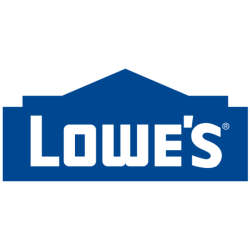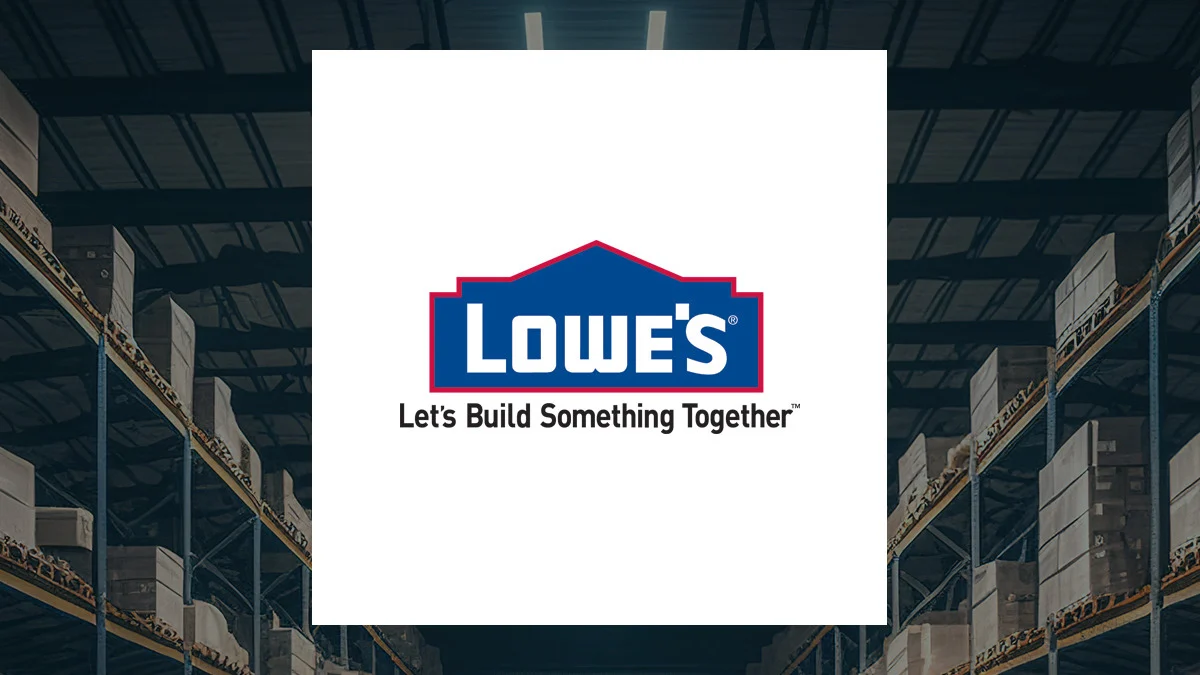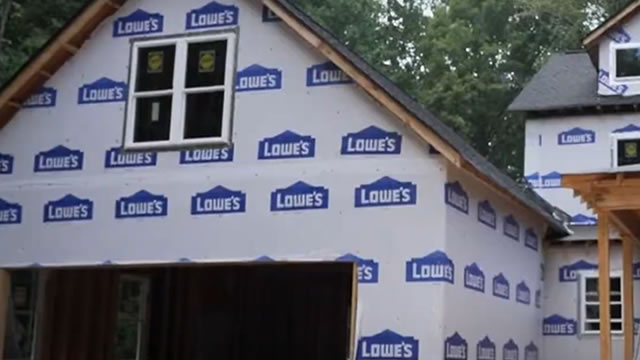
LOW
Lowe’s Companies, Inc.
$247.25
4.77
(1.97%)
| Exchange: | |
| Market Cap: | 138.656B |
| Shares Outstanding: | 1.137B |
About The Company
| Sector: | Consumer Cyclical | |||||
| Industry: | Home Improvement | |||||
| CEO: | Marvin R. Ellison | |||||
| Full Time Employees: | 161000 | |||||
| Address: |
|
|||||
| Website: | https://www.lowes.com |
Lowe’s Companies, Inc., together with its subsidiaries, operates as a home improvement retailer in the United States and internationally. The company offers a line of products for construction, maintenance, repair, remodeling, and decorating. It provides home improvement products, such as appliances, seasonal and outdoor living, lawn and garden, lumber, kitchens and bath, tools, paint, millwork, hardware, flooring, rough plumbing, building materials, decor, lighting, and electrical. It also offers installation services through independent contractors in various product categories; extended protection plans; and in-warranty and out-of-warranty repair services. The company sells its national brand-name merchandise and private brand products to homeowners, renters, and professional customers. As of January 28, 2022, it operated 1,971 home improvement and hardware stores. The company also sells its products through websites comprising Lowes.com and Lowesforpros.com; and through mobile applications. Lowe’s Companies, Inc. was founded in 1921 and is based in Mooresville, North Carolina.
Click to read more…
Revenue Segmentation
EPS
Earnings Call
Income Statement
(* All numbers are in thousands)
Balance Sheet
(* All numbers are in thousands)
Cash Flow Statement
(* All numbers are in thousands)
Analyst Estimates
(* All numbers are in thousands)







